Have you ever ever ever ever had a houseplant fail to thrive regardless of your efforts to supply it with the very best care?
You could in all probability clear up this drawback with a easy wave of a magic wand – er, that’s to say – a lightweight meter!
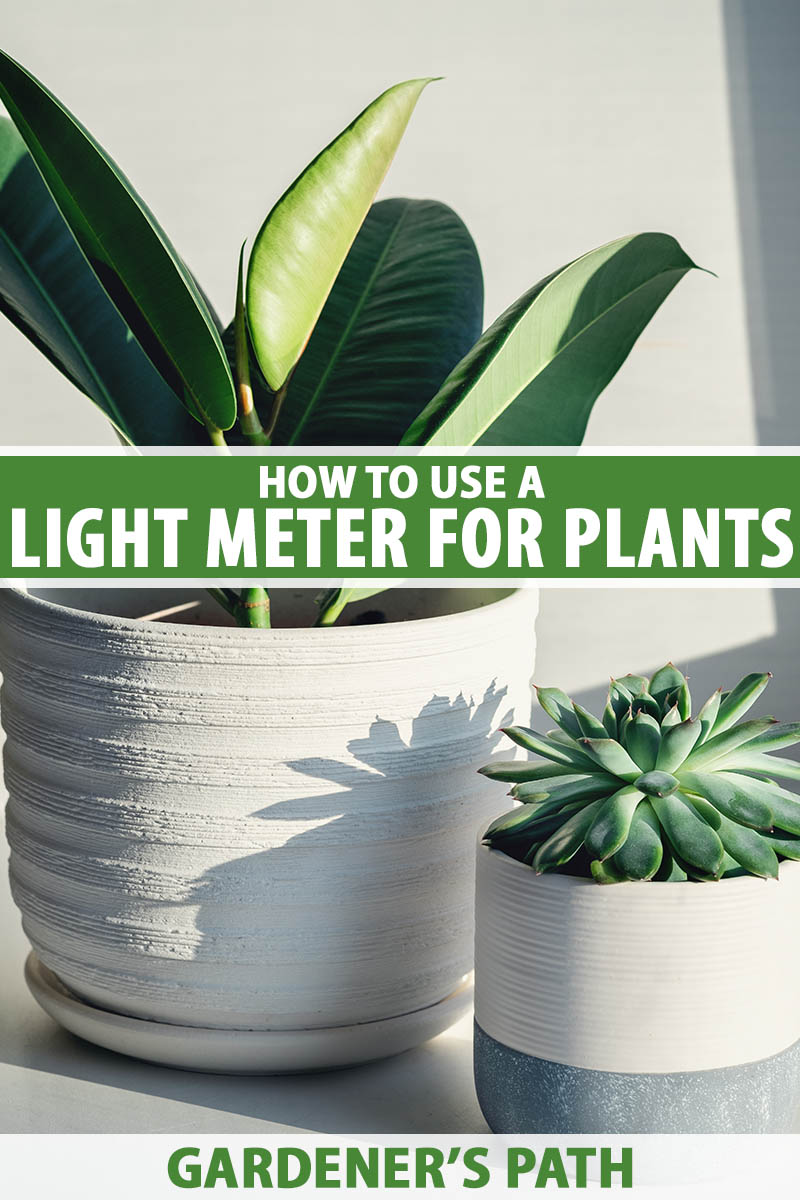

We hyperlink to distributors that may present assist to uncover related merchandise. In case you purchase from one among our hyperlinks, we might earn a fee.
This seemingly magical system will present assist to to grasp when your houseplant merely isn’t receiving the right amount of sunshine.
And in case you are on monitor to create a veritable assortment of houseplants, you then might begin looking for extra spots in your individual residence to go looking out them. A light-weight-weight meter will help to go looking out out whether or not or not or not every houseplant will flourish in a given location – or if it’d flounder.
We’ll go into additional specifics as to why it’s your decision in order so as to add this technique to your indoor gardening routine. However first, let me inform you what else to rely on on this textual content.
We’ll speak about what to contemplate when deciding on a lightweight meter, go over the fundamentals of the simplest method to make use of those devices, and supreme nonetheless not least, dig into the way it’s finest to interpret the outcomes you purchase.
Briefly, we’re furthermore going to handle the practicalities – the simplest method to make use of those gadgets to handle your vegetation feeling absolutely completely satisfied and searching lush.
Ready to get began?
Why Use a Gentle Meter?
Ahead of we get began, let’s cowl some fundamentals.
Vegetation convert delicate into meals for themselves by means of the marvel of photosynthesis, nonetheless merely how fairly a bit illumination is required varies from plant to plant.
Relying on the place the plant developed, low or medium delicate may presumably be truly useful if its pure habitat was shady, just like with philodendrons.
On the opposite excessive, a plant just like hens and chicks may have fairly a number of hours of direct daylight every day – what we gardeners search recommendation from as full picture voltaic.
It’s not onerous to look out illumination steering for express kinds of houseplants – usually categorized pretty much as good, medium, or low delicate.
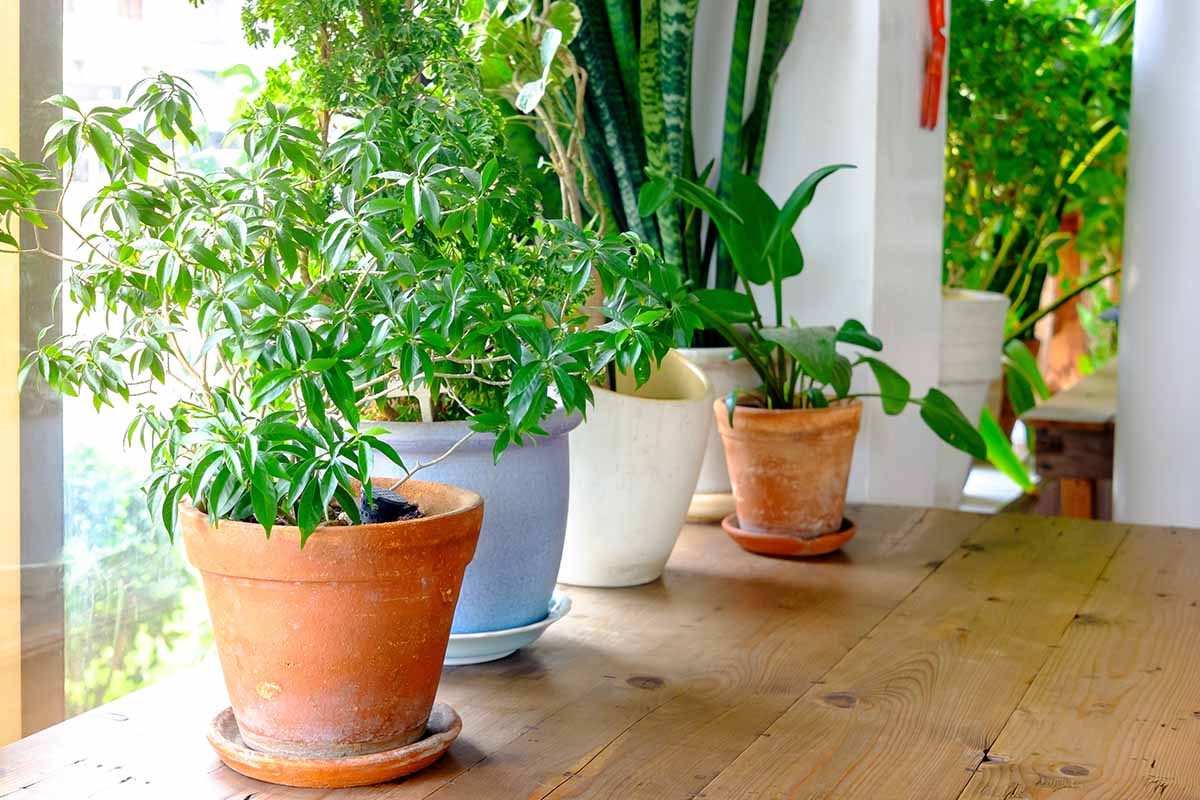

Appears straightforward sufficient!
However sadly, there’s typically an enormous disconnect between what we people might understand to be good, medium, or low delicate ranges, and what our houseplants are literally experiencing.
That’s due to the human eye merely adapts to totally completely totally different brightness circumstances.
This implies our subjective notion of the illumination in our properties can also be vastly absolutely completely totally different from the quantifiable quantity of illumination to which our houseplants are objectively being uncovered.
In quite a few phrases, what I understand as medium brightness might solely be low delicate when measured quantifiably – and it’ll make a vast distinction to a houseplant!
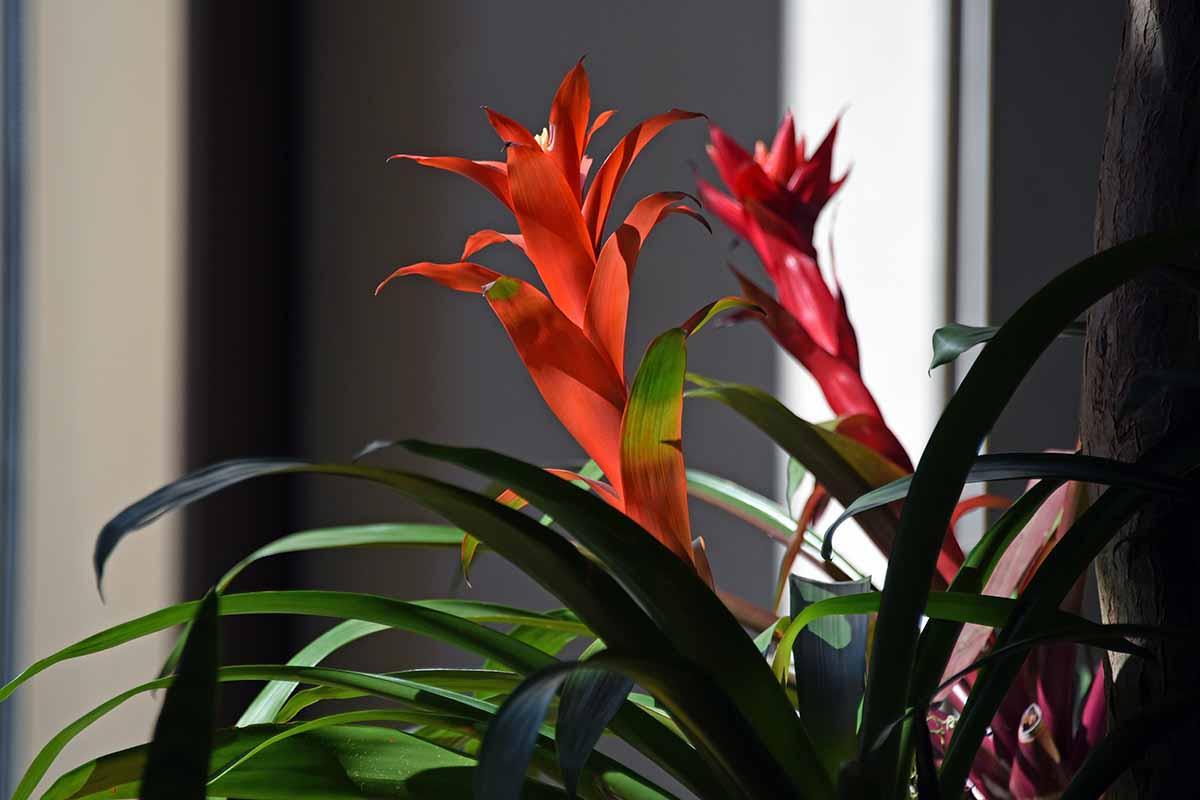

One totally different potential drawback is that some pointers for houseplant delicate publicity specify situating vegetation subsequent to or a sure variety of ft from north-, south-, east-, or west-facing residence residence home windows.
However residence residence home windows could be present in many alternative sizes – and it’ll affect the quantity of sunshine passing by the use of these residence residence home windows considerably.
So do any outdoors obstructions shut to these residence residence home windows, similar to shut by buildings and bushes.
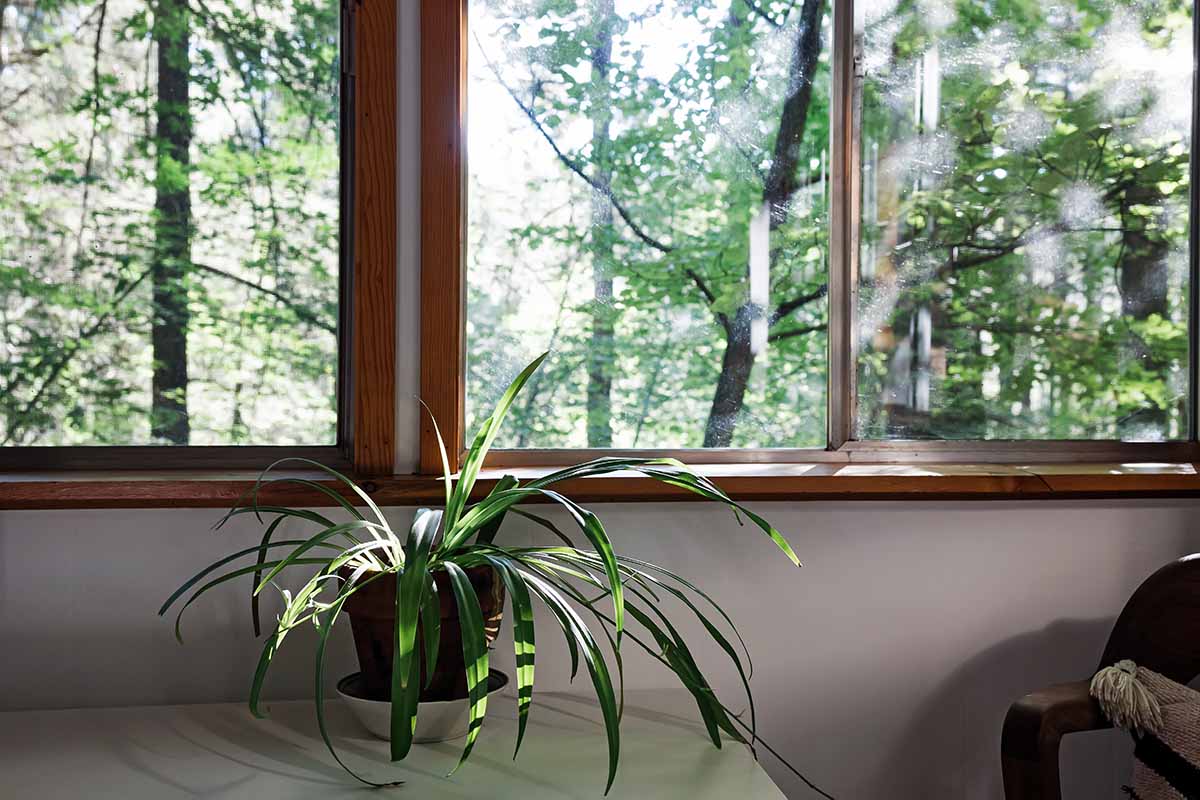

Positioning houseplants based completely on such options might give the plant the right amount of picture voltaic in case you’re fortunate – nonetheless it will not.
And we haven’t even factored in time of 12 months and latitude nonetheless!
Let’s take a fast check out these elements, beginning with the time of 12 months.
Paint a fast psychological image of your individual residence. You most likely have deciduous bushes in entrance of the home residence home windows, additional daylight will enter your individual residence in winter than it does in summer season season.
Nonetheless, as soon as you’ve got acquired evergreen bushes in entrance of the home residence home windows, the seasonal modifications in illumination gained’t be pretty much as good.
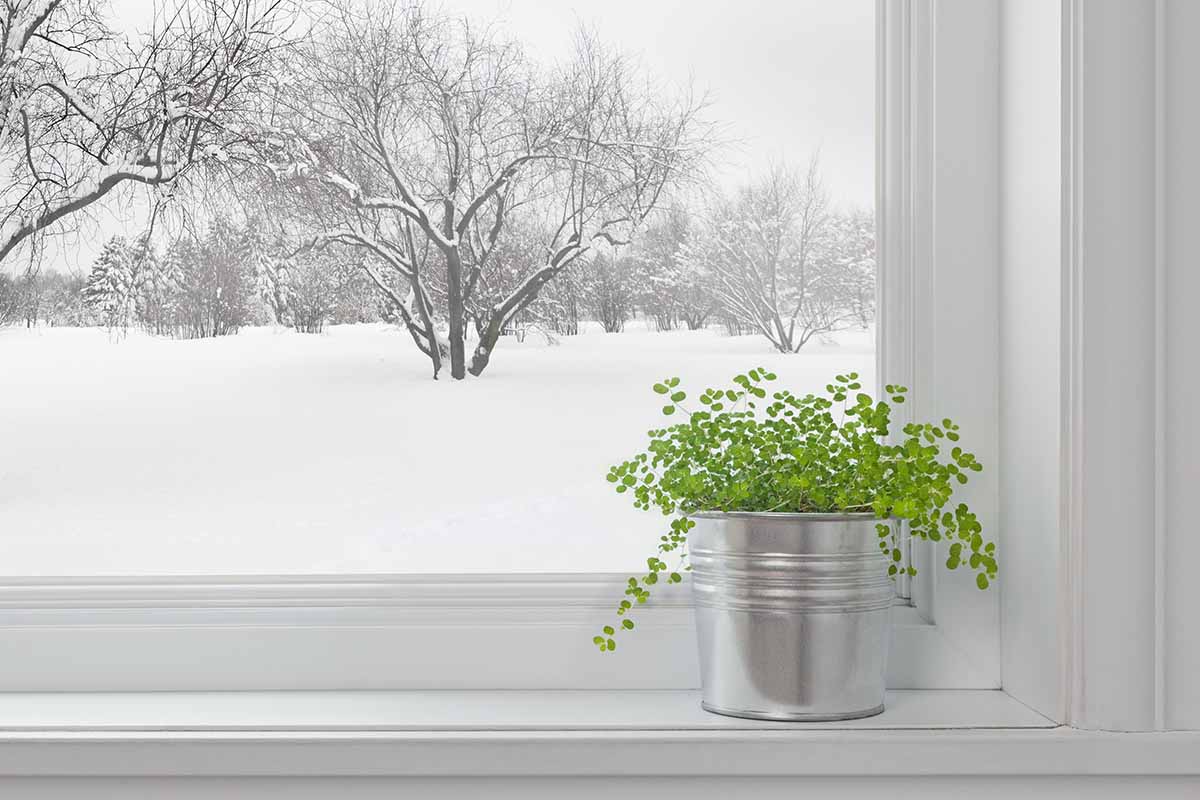

Now, let’s take into consideration latitude as appropriately.
Let’s assume that my dwelling and yours every have the same quantity and sort of obstructions spherical them, that our residence residence home windows are the same dimension, and that it’s a transparent day for each of us.
The entire quantity of picture voltaic moving into my west-facing residence residence home windows on a winter afternoon in northeast Utah shall be lower than that moving into yours in case you retain someplace further south, just like Austin, Texas.
That’s due to the picture voltaic is decrease contained in the sky all by means of the winter in my location, and it gadgets further to the south than it could for somebody based mostly in Texas, due to the lean of the Earth’s axis.
Likewise, I might doubtlessly be getting additional picture voltaic by the use of my west-facing residence residence home windows than somebody dwelling even further north, just like contained in the Pacific Northwest.
Fortuitously, we’re able to put these hypothetical comparisons apart and bypass these conundrums. Correct proper right here’s the place our helpful meters will come to the rescue, permitting us to alter our subjective assessments with goal ones.
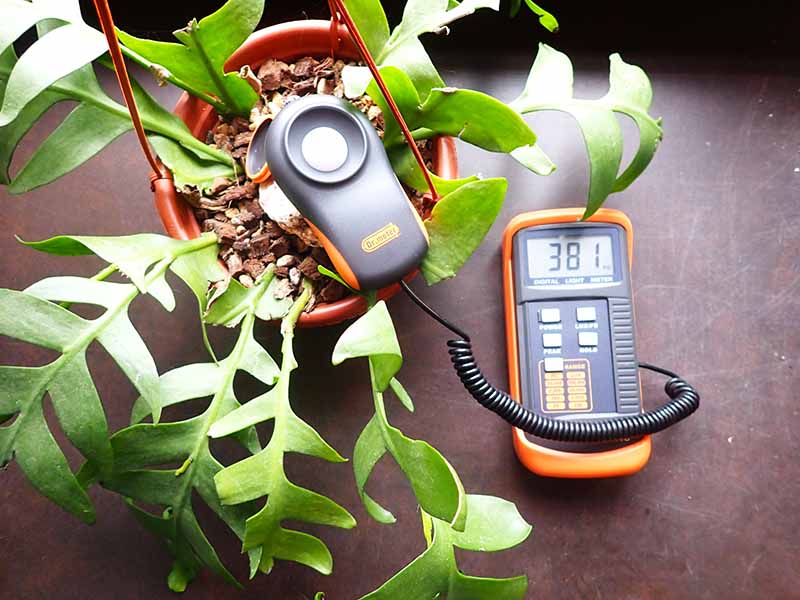

Ahead of I began to utilize 1 amongst these gadgets, I had tried situating a bunch of well-selected houseplants in a nook of my dwelling that I believed offered low delicate publicity.
However after I obtained my trusty delicate meter, it revealed that this nook is definitely fairly a bit darker than I believed. The luminosity diploma there was not merely “low,” it was nearer to “put-plant-here-and-watch-it-slowly-die” darkness.
To be dependable, every plant I put in that location was sending me indicators that it was sad, nonetheless I really needed to situate a houseplant there, so I saved making an attempt with absolutely completely totally different choices.
Now that I understand how darkish it actually is, I’ll reserve that spot for displaying non-living objects barely than one among my vegetative housemates, provided that home doesn’t pay money for sufficient daylight, and it’s not the very best match for a develop lamp.
Deciding on a Gentle Meter
Now that we now have quite a lot of motivation to utilize 1 amongst these gadgets, let’s be taught a bit additional concerning the absolutely completely totally different choices.
When deciding on a lightweight meter, you’ve a number of absolutely completely totally different programs to contemplate ahead of deciding on a particular mannequin. Correct proper right here’s what it’s essential to know:
Analog vs. Digital Meters
Some meters are analog, which means they don’t require batteries or electrical energy, whereas the overwhelming majority of them are digital, and generally powered by nine-volt batteries or coin cell batteries.
Analog choices are few and much between, they normally’re pretty fundamental gadgets they don’t embody many bells and whistles. Barely than a digital present show display screen, they’ve an analog dial current and usually attribute knobs as an alternative of push buttons.
Some indoor gardeners might acknowledge the simplicity of analog gadgets, whereas others might uncover them wanting. And a few of them have a restricted measuring differ.
Digital meters, nonetheless, present many additional selections.
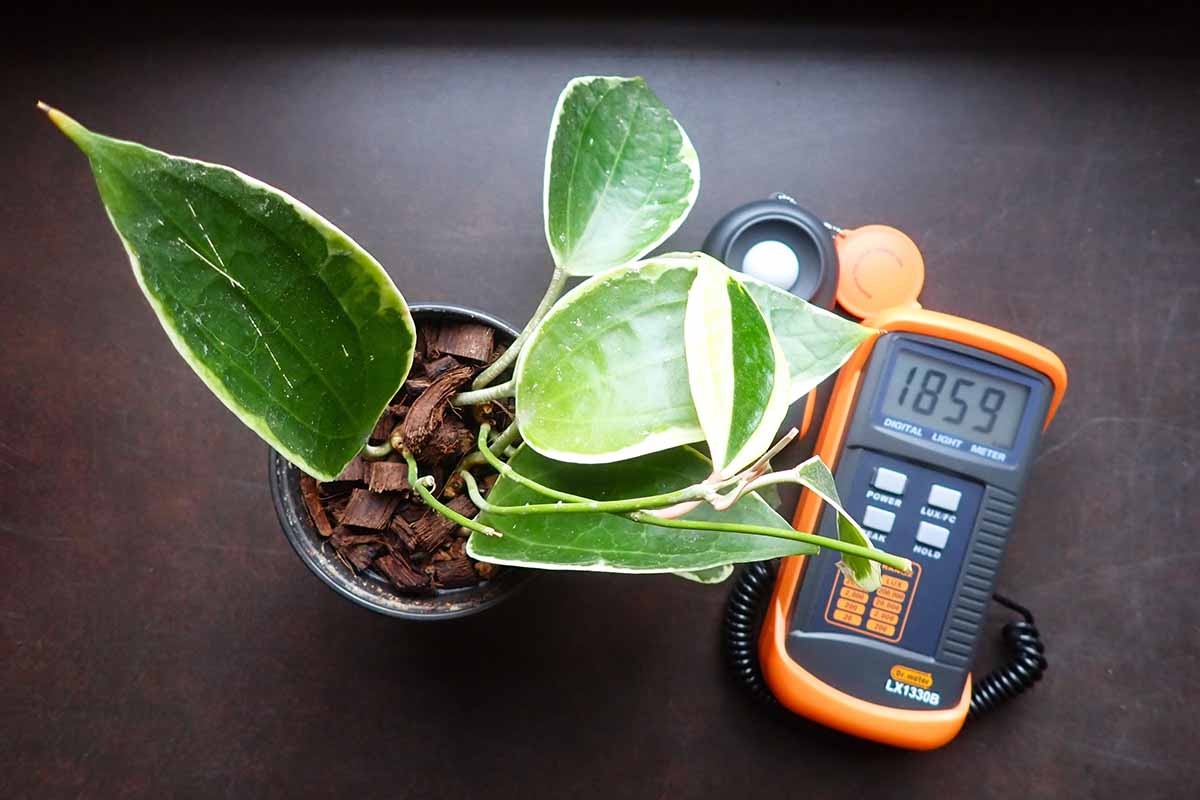

Some digital gadgets present measurements in foot candles and lux, whereas the others measure PAR (photosynthetically energetic radiation).
Alternatively, analog delicate meters measure solely in foot candles or lux – none of them are outfitted with sensors to measure PAR.
Subsequent, we’ll dig into the excellence between these two programs and the professionals and cons of every.
Lux and Foot Candle vs. PAR Meters
When you begin evaluating variations between digital meters, you’ll uncover two vital sorts – people who measure in foot candles and lux, and individuals who measure PAR – which, as a reminder, stands for photosynthetically energetic radiation.
Earlier on this textual content I mentioned that vegetation want delicate to feed themselves. What they really want are photons, particles of sunshine.
Why am I telling you this?
On account of the primary distinction between these two programs of gadgets is that PAR meters measure photons, and individuals who measure lux and foot candles don’t.
That doesn’t recommend lux and foot candle gadgets don’t have their usefulness, nonetheless will most likely be useful to grasp their limitations.
Lux and Foot Candle Meters
If lux and foot candle meters don’t measure photons, what do they measure then?
These gadgets use a sensor, typically a silicon photodiode, to measure delicate as people (not vegetation) understand it, in objects usually known as foot candles or lux.
The time interval “foot candle,” is a bit archaic, just like speaking concerning the time interval “horsepower” for cars.
A foot candle is a unit of measure used to level the quantity of sunshine emitted by a candle falling on a floor precisely one foot away from the sunshine present in the least elements, and that is related as one lumen per sq. foot. That is an imperial unit of measurement.
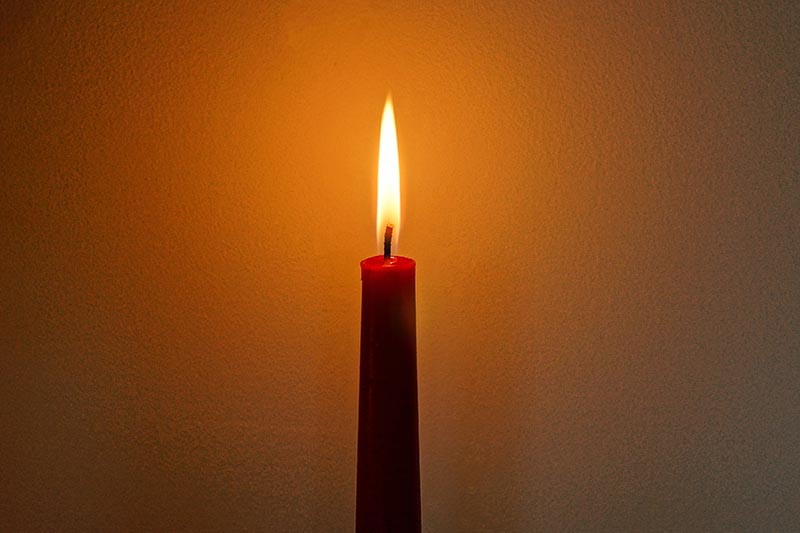

The metric equal of foot candles are “lux,” which is the quantity of sunshine emitted by one candle falling on a floor precisely one meter away in the least elements.
Earlier the fact that referring to candle illumination sounds a bit outdated inside the trendy world, the issue with these meters (in relation to utilizing them with vegetation) is that they favor inexperienced delicate waves barely than blue and purple delicate waves.
That’s due to the human eye is additional delicate to inexperienced delicate and fewer delicate to purple and blue delicate.
As quickly as further, these meters measure delicate as perceived by people – chances are chances are you’ll be acquainted with them as a photographer’s system.
Vegetation, nonetheless, are delicate to blue and purple delicate waves, nonetheless they’re considerably loads a lot much less delicate to inexperienced waves. For most likely basically essentially the most half, plant foliage exhibits inexperienced delicate waves as soon as extra barely than absorbing them, which is why foliage appears to be like inexperienced.
(There are some exceptions, truly – red-leaf lettuce, as an example, exhibits purple waves. And loads of blue-tinted vegetation are present in desert habitats – they replicate blue waves barely than absorbing them, a boon to the vegetation in scorching climates due to these waves are hotter.)


In essence, foot candle and lux delicate meters aren’t as applicable with measuring blue and purple waves of the seen delicate spectrum.
This implies they lose fairly a number of accuracy when measuring luminosity from LED bulb. A wide range of as we talk’s develop lights use white or shade LED bulbs that emit blue or purple waves.
Does that recommend we should always all the time always merely throw foot candle and lux gadgets out the window and overlook about them?
No, due to they do have their benefits.
For starters, delicate meters that measure in lux and foot candles are funds good, straightforward to look out, and there are a complete lot of absolutely completely totally different fashions accessible.
These meters usually tend to work good for measuring pure daylight – they merely aren’t as applicable when measuring LEDs.
One totally different revenue is that the overwhelming majority of public-facing horticultural sources just like houseplant cultivation books, and guides offered by faculty cooperative extensions, search recommendation from luminosity necessities measured in foot candles.
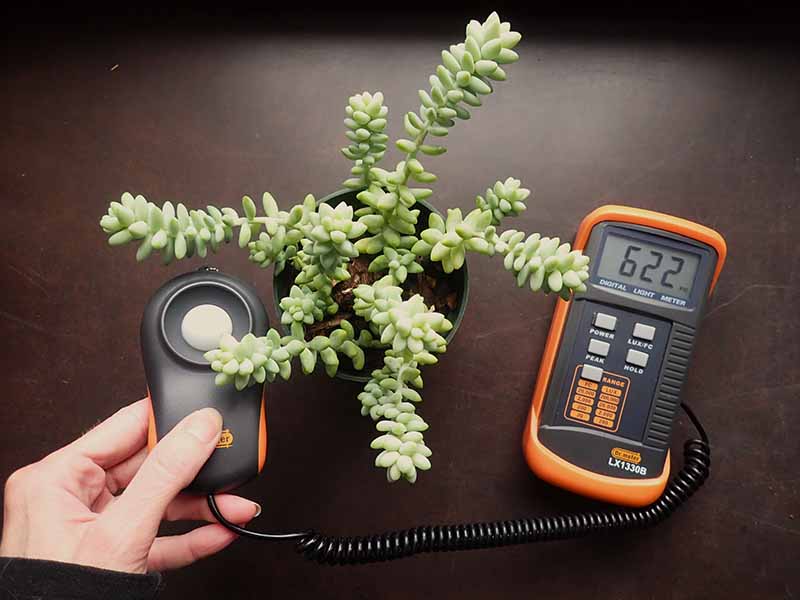

With most choices, you gained’t can buy every a foot candle or a lux machine – most of those meters enable the customer to change forwards and backwards between every lux or foot candles (abbreviated as “fc” or “ft-c”) just like chances are you’ll between Fahrenheit and Celsius on a digital thermometer.
And by one of the simplest ways by means of which, the conversion between the 2 objects should you want to do it manually is roughly ten lux to at least one foot candle in case you spherical down, making conversion straightforward.
When you’ve determined that any such machine is what you want, an incredible mannequin to start out with is the Dr. Meter LX1330B Digital Illuminance Meter.
This delicate meter measures in foot candles or lux, permitting shoppers to toggle forwards and backwards between the 2 objects.
It ought to in all probability measure illumination in a diffusion of 0 to 200,000 lux or 0 to twenty,000 foot candles. With a view to change between dim and good sources, a diffusion button is used – you’ll be taught additional about this shortly.
The LX1330B has a indifferent sensor wand that’s linked by a coiled wire, which means it is attainable you will hold the {{photograph}} sensor separate from the machine, turning it at odd angles if wanted, whereas nonetheless having the ability to see the readings merely.
Dr. Meter LX1330B Digital Illuminance Meter
Yow will uncover the Dr. Meter LX1330B Digital Illuminance Meter accessible for buy by means of Amazon.
PAR Meters
We’ve seen that foot candle and lux meters are designed to measure perceived brightness, whereas PAR meters truly measure photons. Photosynthetically energetic radiation is delicate used for photosynthesis ranging between 400 and 700 nanometers.
Quantum PAR gadgets assess delicate circumstances as usable by vegetation additional precisely than meters that measure foot candles and lux.
That makes PAR gadgets with quantum sensors helpful for gardeners utilizing develop lamps of their indoor gardening setups, since these lamps generally emit delicate waves that vegetation can understand appropriately, nonetheless people can’t.
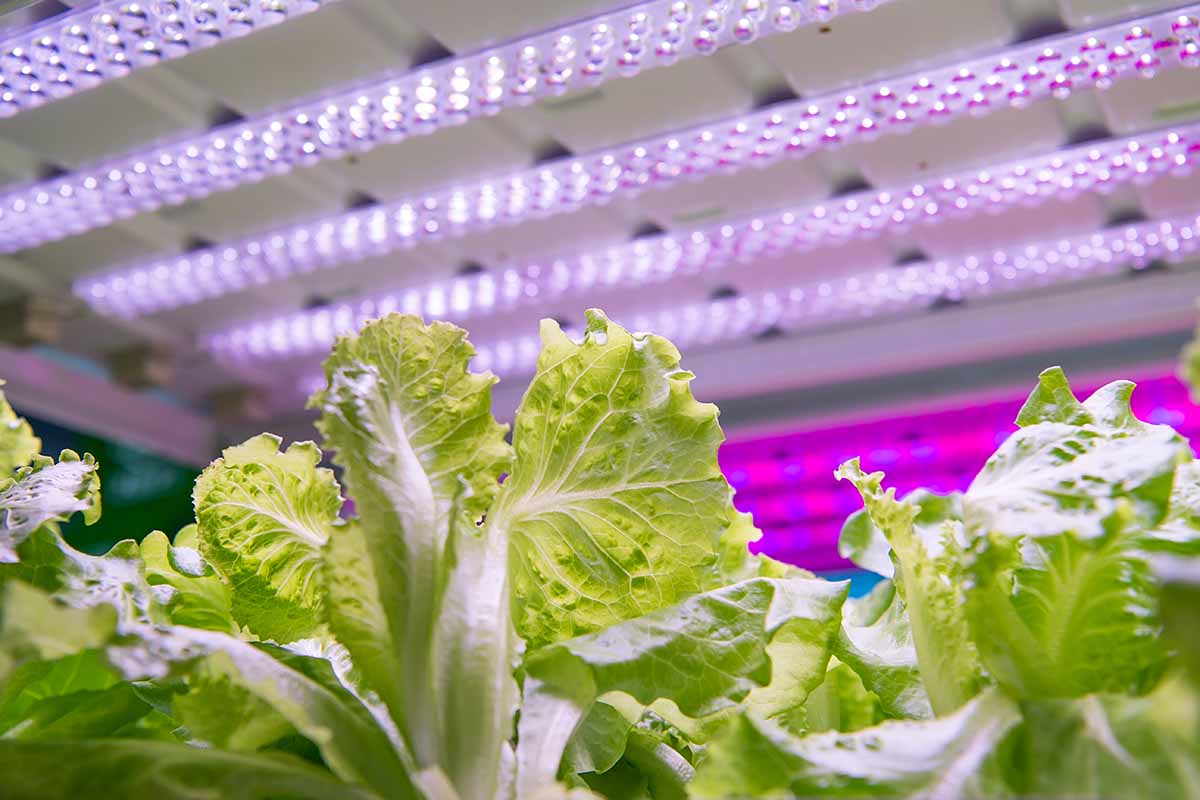

Photosynthetic photon flux (PPF) and photosynthetic photon flux density (PPFD) are objects used to specific PAR measurements. PPF is measured in micromoles per second (μmol/s) and one micromole is analogous as about 602 quadrillion photons.
PPFD denotes the variety of photons touchdown on a particular home in sq. meters per second (μmol/(m^2/s)).
As for potential downsides, these gadgets are generally pricier than their foot candle counterparts and these items of measurement (PPF and PPFD) will not be generally utilized in public-facing horticultural domains.
They’re additional frequent and used additional usually by agricultural professionals and horticultural researchers of their work.
Must you’re rising crops indoors, or are utilizing LED lamps to assist illuminate your houseplants, chances are chances are you’ll should ponder a PAR meter.
Considered definitely one in every of my favourite PAR meters is the Spot On from Innoquest. This pocket-sized machine has a measuring differ of 0 to six,500 micromoles per sq. meter per second, and is powered by a coin cell battery.
This delicate meter works good for taking “spot” measurements of circumstances at a given time, nonetheless furthermore has a default 24-hour mode all through which it calculates a day by day delicate integral, a indicate of how fairly a bit luminosity is acquired per day.
Buy the Spot On Quantum Par Meter from the FGI Retailer by means of Amazon.
You in all probability may very well be taught additional about these express fashions and extra of our favourite delicate meters, together with analog, digital, and PAR gadgets in our roundup of the very best delicate meters.
The easiest way to Use a Gentle Meter to Maintain Houseplants
Upon getting the meter and it’s powered up, take note to determine on the unit of measurement you will need to use if the machine has various accessible, as is the case with these whose reveals might present every lux or foot candles.
Subsequent, select the differ if vital. Altering the differ strikes the decimal stage, measuring in rising or reducing orders of magnitude by an have an effect on of 10. Must you’re testing excellent circumstances – close to residence residence home windows, as an example – you need the decimal stage to maneuver in course of the appropriate, effectively testing inside a loads bigger differ.
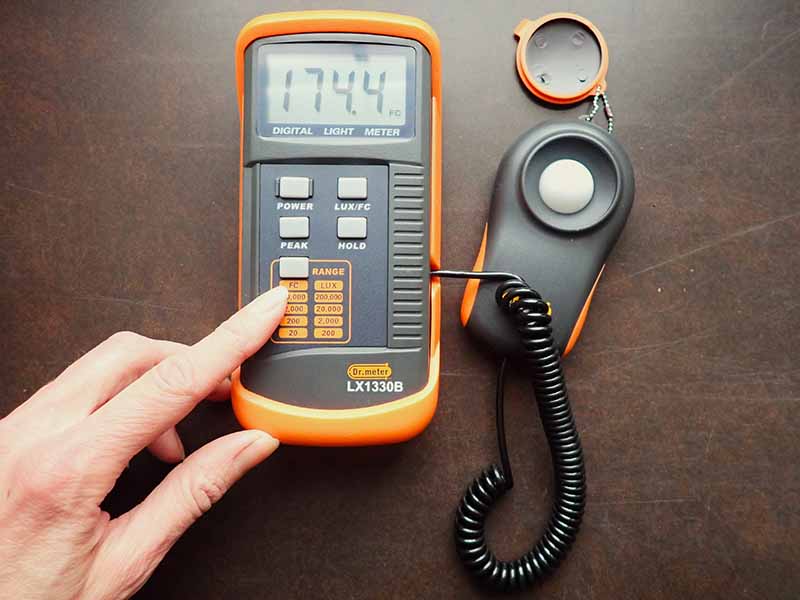

Alternatively, in case you are testing dim circumstances, it is attainable you will choose the differ to be fairly a bit smaller, shifting the decimal stage in course of the left.
If the worth on the current appears too low for what you’re measuring, verify to see which differ you’ve chosen – there may be additionally a “x10” or a “x100” displayed beneath the worth, which means it’s essential to multiply the quantity you see on the current by 10 or 100 to get your finish consequence.
As an illustration, chances are chances are you’ll be seeing “5.00” on the current, nonetheless when “x100” seems beneath this quantity, you’ll know the worth is definitely 500.
And if there’s a cap in your sensor, assure to take away it. In one other case, you gained’t be measuring one factor in the least!
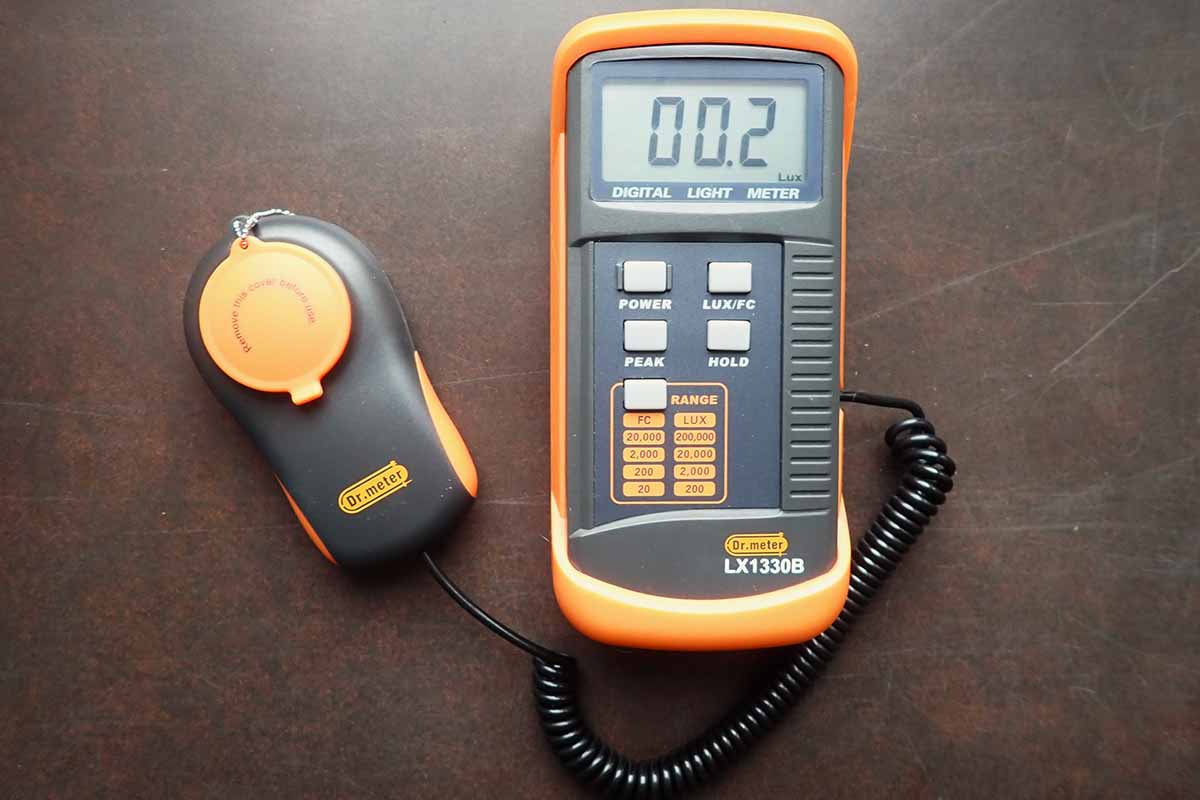

Upon getting chosen your required settings and eradicated the sensor cap, you’re prepared for motion.
Protect the sensor near the plant’s foliage, directed in course of the window or lamp.
You’re making an attempt to go looking out out what the plant is receiving regarding publicity, so that you will need to stage the sensor in course of the sunshine present, not in course of the plant.
It’s furthermore vital to for sure daylight is dynamic, which means it’s continuously altering. The values displaying on the meter current will fluctuate, providing you with an concept of how fairly a bit illumination the plant is getting by means of pure delicate at any given second.
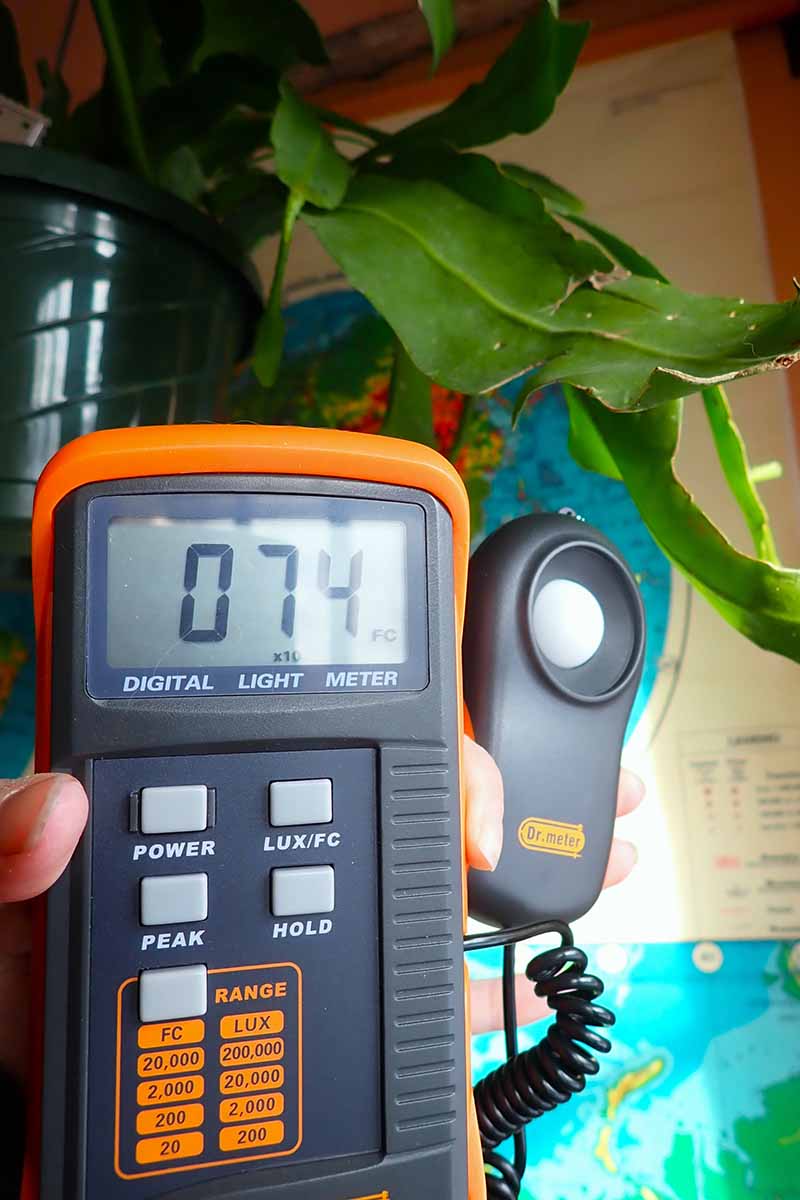

You’ll uncover that the a part of the plant closest to the window or lamp will current the next discovering out than areas farther from the window or lamp, as a result of the sunshine depth decreases.
To goal to get an excellent suggestion of what the whole houseplant is being uncovered to, place the sensor inside the midst of its cowl, nonetheless nonetheless pointed in course of the supply of illumination.
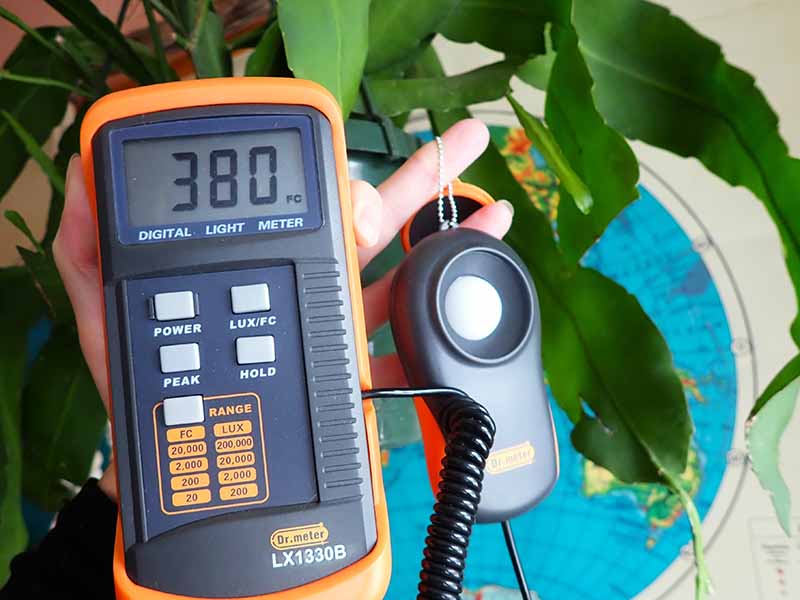

Furthermore, take measurements on absolutely completely totally different days and doc your observations. Cloudy and sunny circumstances will present absolutely completely totally different outcomes.
An effective way to doc these values is by making notes in a gardening journal.
Your delicate meter might have a hold button – this lets you hold the discovering out for a given measurement, which is helpful within the occasion you need to make notes after you seize a sure worth.
This button will freeze the worth on the present show display screen till you press it as quickly as further.
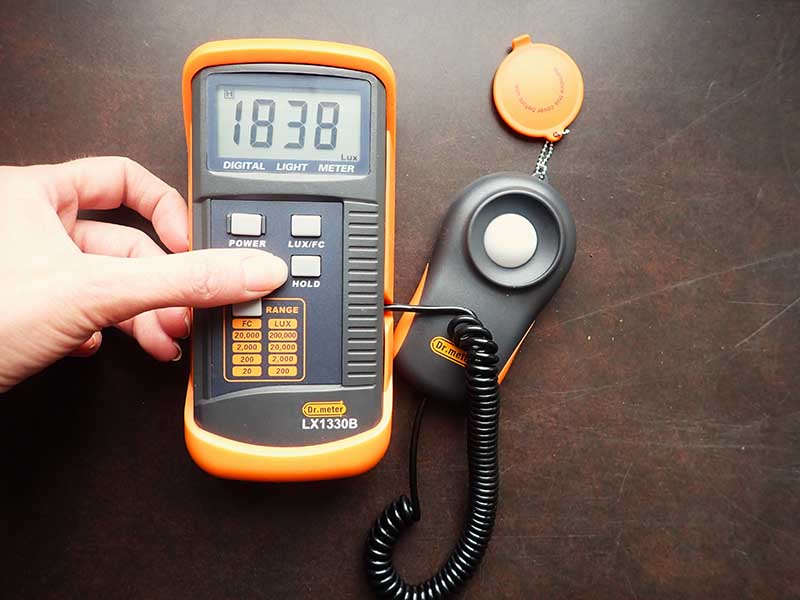

Your meter might also have a peak button.
Utilizing the height button will set off the worth displayed on the present show display screen to pause on the easiest quantity be taught by the sensor.
Urgent the height button as quickly as further will typically unpause the sensor, and it’ll resume adjusting to new luminosity circumstances based completely on modifications in publicity in exact time.
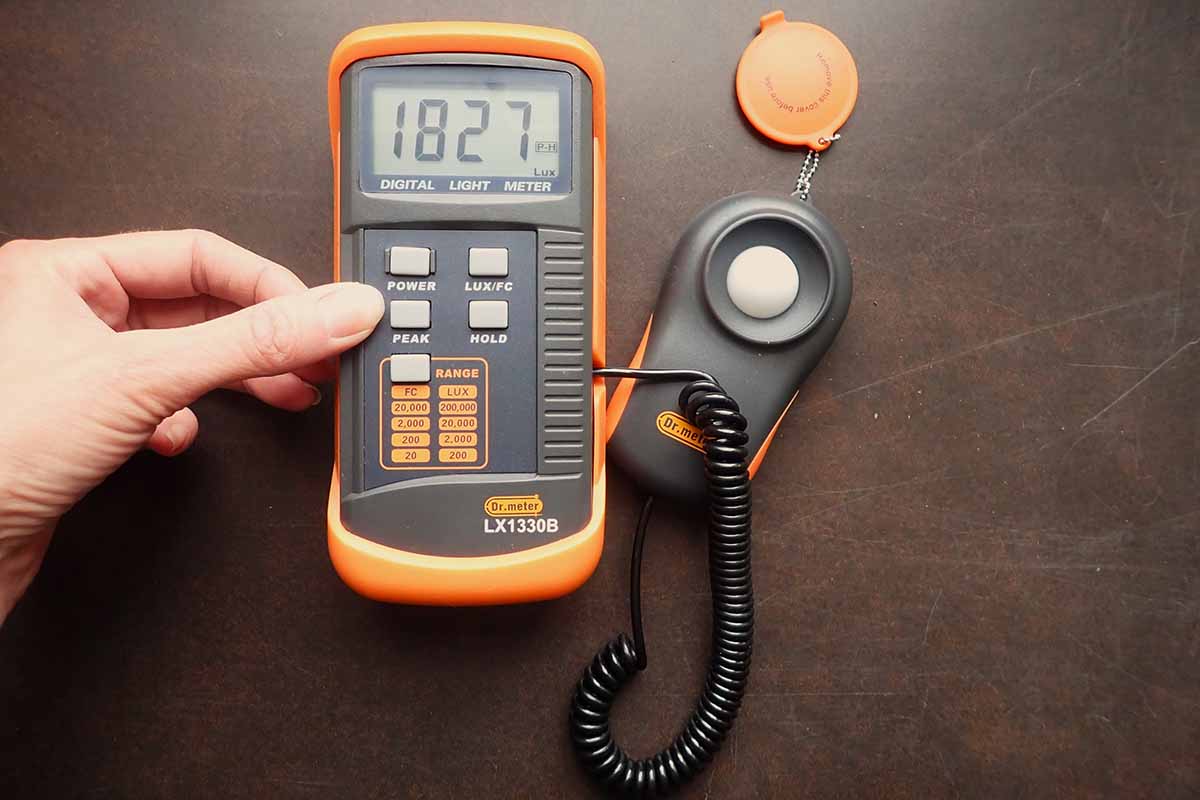

Make sure to furthermore be taught the customer handbook that comes alongside alongside together with your meter, since absolutely completely totally different fashions might have absolutely completely totally different capabilities and choices.
Deciphering Outcomes
Now that you’ve an concept of the simplest method to make use of any such machine, don’t merely take one measurement and suppose you’re carried out.
Attempt measuring the same home at absolutely completely totally different circumstances of day, beneath absolutely completely totally different native climate circumstances, and at absolutely completely totally different circumstances of 12 months.
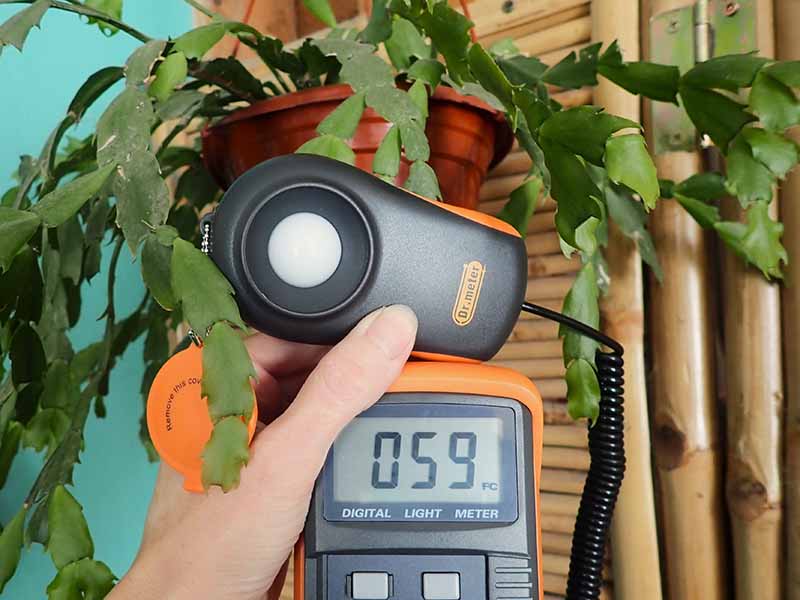

You in all probability can then take these numbers and calculate a indicate.
Optimistic, it is attainable you will geek out and get actually scientific about this. You could even go as far as to take measurements on daily basis of the 12 months on the same time after which calculate a indicate from these figures. Go for it as soon as you’ve got acquired the time and stamina to hold out such a mission!
Or it is attainable you will merely take these numbers, and make an educated guess.
Is it largely sunny in your own home? Largely cloudy? A mixture of each?
If it’s largely sunny, then the readings you well-known on sunny days are going to be these which is prone to be additional vital for you, whereas in case you are constantly getting fairly a number of low readings in your current, the houseplant might must be relocated or offered extra illumination with a develop lamp.
Upon getting some values well-known, see if these numbers correspond to the truly useful brightness circumstances in your houseplant.
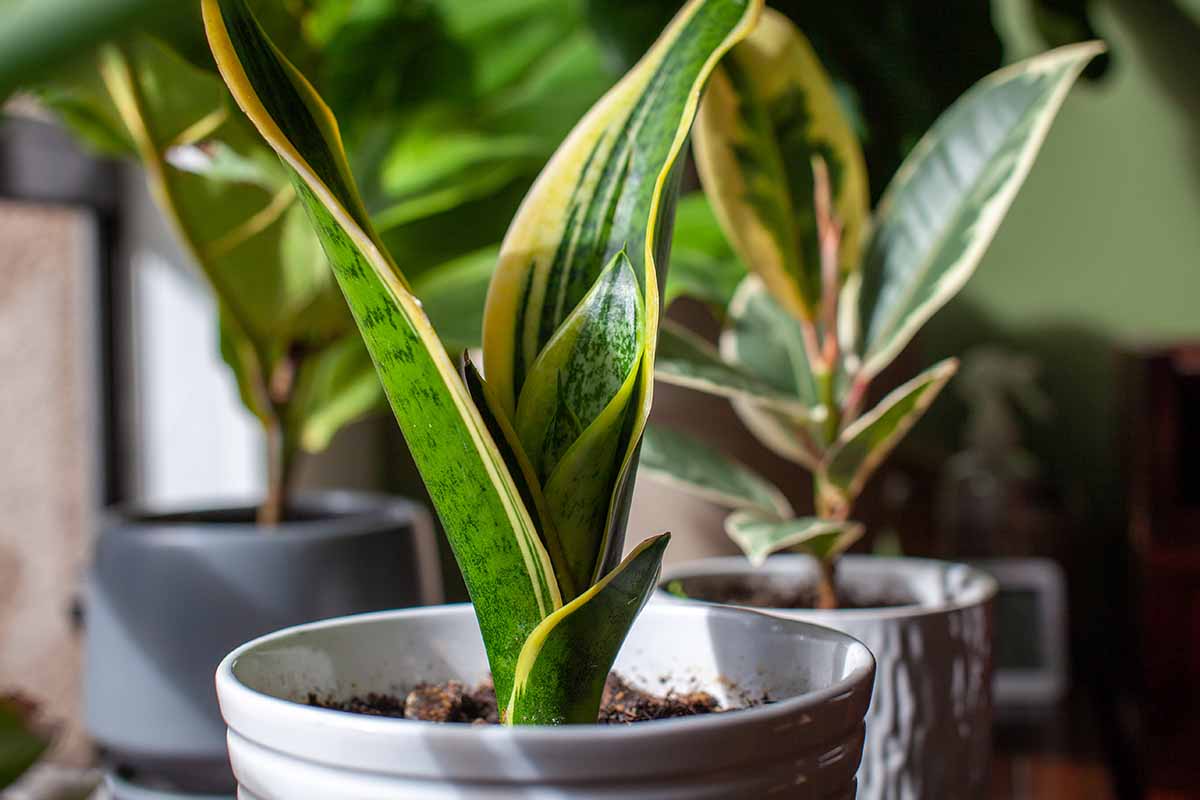

Opinions differ on which precise ranges of foot candles correspond to which brightness ranges for indoor houseplants, nonetheless correct proper right here’s a place to begin to reference, all through which vegetation won’t merely survive nonetheless truly flourish:
Values between 75 and 200 fc are thought-about good ranges for low delicate circumstances. For these areas, attain for low-light tolerant houseplants like snake vegetation, grape ivy, or ZZ vegetation.
Values between 200 and 500 fc are thought-about good luminosity ranges for vegetation requiring medium brightness. For values on this differ, go for houseplants tailored to frequent ranges of sunshine like begonias, prayer vegetation, or moth orchids (phalaenopsis).
With values of 500 to 1,000 fc, you’re safely all by means of the nice delicate houseplant class and might select from each sort of houseplants just like birds of paradise, fiddle-leaf figs, and a few succulents, just like jade vegetation.
Over 1,000 foot candles is considered very excessive, and on this differ vegetation shall be getting some direct daylight, the place it is attainable you will develop gardenias or herbs just like basil indoors.
Evidently many vegetation can survive in various brightness differ, nonetheless principally, they may produce additional foliage and have elevated fundamental progress with most likely basically essentially the most illumination that may very well be tolerated.
As an illustration, though cast-iron vegetation and snake vegetation can tolerate low delicate, that doesn’t recommend they’ll be happiest in it. (And sure, I’m talking from expertise!)
Furthermore ponder that these ranges are common options – it is best to rely on some variation amongst absolutely completely totally different cultivars.
Many hoyas, as an example, tolerate circumstances contained in the low to medium differ, nonetheless variegated cultivars might wither in such circumstances, requiring additional delicate than darker leaved varieties.
Utterly totally different variegated vegetation that don’t have thick, succulent flesh might flip into bleached, picture voltaic scorched, or burn to a crisp in excellent delicate.
And in case you uncover that you just simply merely don’t have sufficient pure daylight to handle your houseplant thriving, chances are chances are you’ll should ponder supplementing with a develop lamp – be taught additional about these nifty indoor gardening gadgets with our article!
Happier Houseplants with the Wave of a Wand
As we’ve seen, utilizing a lightweight meter with our houseplants is also just like the excellence between night time and day for his or her correctly being and happiness.
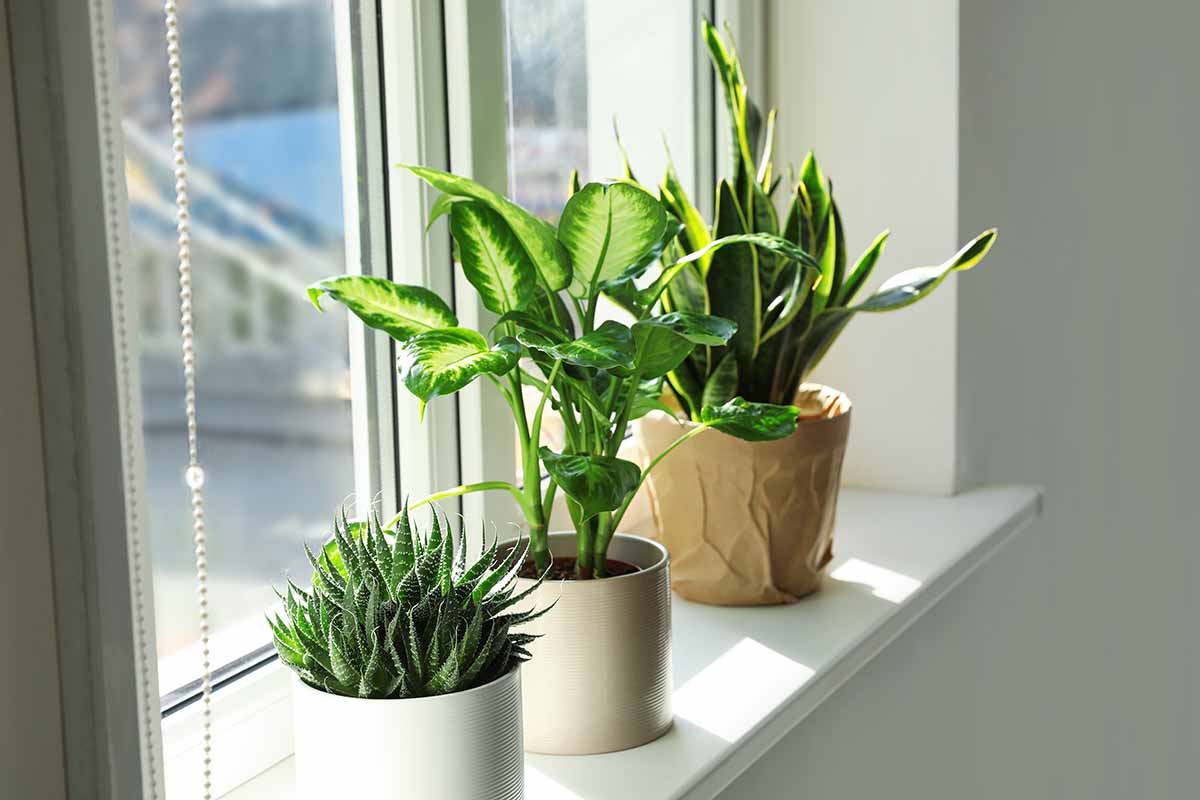

Merely don’t overlook – it’s not sufficient to simply wave the wand (appropriately, okay, the sensor, in case you insist) – chances are chances are you’ll ought to relocate your houseplants based completely on the outcomes you’ve noticed!
Are you cheerful that utilizing one among these gadgets shall be a sport changer for you and your houseplants? Are you proceed to looking for out the simplest method to make use of yours? Are you already a convert to the magic of sunshine meters? Now we have to know – give us the small print contained in the solutions half beneath!
And because you’re geeking out with plant gear, why not take a look at these completely totally different indoor gardening gadgets subsequent?


